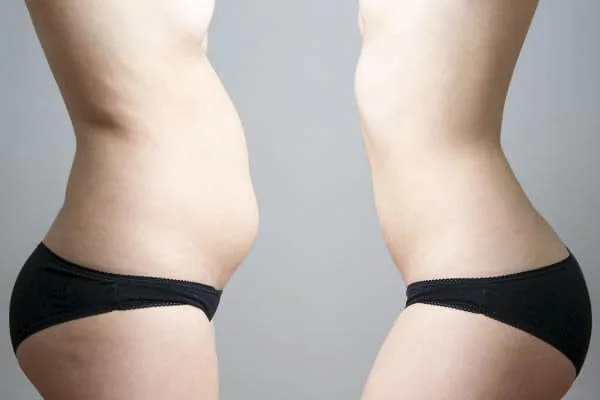The Evolution of Liposuction and the Role of Tumescent Technique
Liposuction has become one of the most popular cosmetic procedures in the world. From those looking to remove stubborn fat to patients seeking body contouring, liposuction has helped many achieve a slimmer, more defined look.
But have you ever wondered: When did liposuction begin? And what exactly is tumescent liposuction, the method we most commonly use today?
A Brief History of Liposuction
The first known attempt at fat removal surgery took place in the 1920s. French doctor Charles Dujarier performed a fat-removal procedure on a famous model using basic surgical tools. Sadly, the patient suffered from complications like infection and tissue necrosis—and passed away. As a result, liposuction was abandoned for decades.
It wasn’t until 1974 that a breakthrough came. Italian gynecologist Giorgio Fischer developed a cannula-based device to suction out fat. This early technique allowed fat removal using suction, but it also caused excessive bleeding, nerve damage, and uneven results. Still, it marked the birth of modern liposuction.

The Turning Point: Safer, Smarter Liposuction
In 1977, French plastic surgeon Yves-Gerard Illouz introduced a major innovation—a blunt-tipped cannula. This reduced bleeding and trauma to surrounding tissue, and the procedure became safer. Surgeons started injecting saline into fat layers to reduce bleeding, leading to what’s known as the wet technique.
But a true revolution came in 1985, when American dermatologist Dr. Jeffrey Klein introduced the tumescent technique—a safer, more effective way to perform liposuction.

What Is Tumescent Liposuction?
Tumescent liposuction involves injecting large amounts of a fluid solution into the fat layers before suctioning. The solution typically includes:
-
Saline (to hydrate and expand the tissue)
-
Lidocaine (for local anesthesia)
-
Epinephrine (to reduce bleeding by constricting blood vessels)
-
Sodium bicarbonate (to reduce stinging and pain)
This technique swells the fat layer (hence the term “tumescent,” from Latin tumescere, meaning to swell), making it easier and safer to remove fat. It reduces bleeding, pain, and recovery time. Today, this is the gold standard of liposuction worldwide.

Tumescent Liposuction at Evita Clinic
At Evita Clinic in Seoul, we perform liposuction using the tumescent method for maximum safety and best results. Our procedures are done under local or twilight anesthesia, not general anesthesia—minimizing risk while maximizing comfort.
We use tumescent fluid in not only body liposuction, but also in gynecomastia surgery, breast implant procedures, and even varicose vein treatments.
To promote faster healing, we often leave a small incision open post-surgery so the tumescent fluid can drain naturally. The reddish fluid that comes out isn’t blood—it’s mostly anesthetic solution mixed with a small amount of blood. This drainage is actually a good sign of fast recovery.
We also provide compression garments after surgery to help remove remaining fluid and reduce swelling.
Why Choose Tumescent Liposuction in Korea?
-
Proven safety record
-
Performed under local or twilight anesthesia
-
Minimal downtime and fast recovery
-
Natural-looking results
-
Personalized care for international patients
If you’re searching for safe liposuction abroad, tumescent liposuction in Korea is one of the best choices available.
Have questions? Reach out to us anytime. At Evita Clinic, we support real-time communication via our website and email. Let us help you feel confident in your journey toward a better body.

